Computer fundamentals provides basic and advanced concepts of Computer. Our Computer fundamentals is designed for beginners and professionals.
Computer is an electronic device i.e. used to work with information or compute. It is derived from the Latin word “computare” which means to calculate.
Our Computer fundamentals tutorial includes all topics of Computer fundamentals such as input devices, output devices, memory, CPU, motherboard, computer network, virus, software, hardware and all types of computer Related Queries etc.
What is Computer?
Computer is electronic Device, Which can converts Data into Information
A computer is designed to execute applications and provides a variety of solutions through integrated hardware and software components. It works with the help of programs and represents the decimal numbers through a string of binary digits. It also has a memory that stores the data, programs, and result of processing. The components of a computer such as machinery that includes wires, transistors, circuits, hard disk are called hardware. Whereas, the programs and data are called software.
It is believed that the Analytical Engine was the first computer which was invented by Charles Babbage in 1837. It used punch cards as read-only memory. Charles Babbage is also known as the father of the computer.
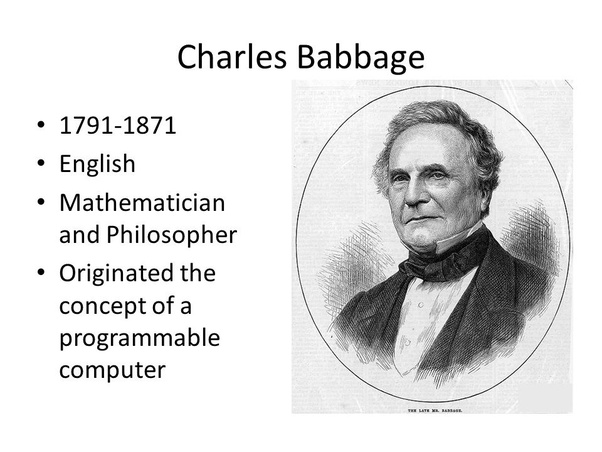
- Processor: It executes instructions from software and hardware.
- Memory: It is the primary memory for data transfer between the CPU and storage.
- Motherboard: It is the part that connects all other parts or components of a computer.
- Storage Device: It permanently stores the data, e.g., hard drive.
- Input Device: It allows you to communicate with the computer or to input data, e.g., a keyboard.
- Output Device: It enables you to see the output, e.g., monitor.
Computers are divided into different types based on different criteria. Based on the size, a computer can be divided into five types:
- Micro Computer
- Mini Computer
- Mainframe Computer
- Super Computer
- Workstations
1. Micro Computer:
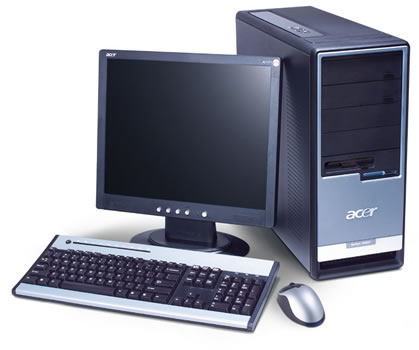
It is a single-user computer which has less speed and storage capacity than the other types. It uses a microprocessor as a CPU. The first microcomputer was built with 8-bit microprocessor chips. The common examples of microcomputers include laptops, desktop computers, personal digital assistant (PDA), tablets, and smartphones. Microcomputers are generally designed and developed for general usage like browsing, searching for information, internet, MS Office, social media, etc.
2. Mini Computer:
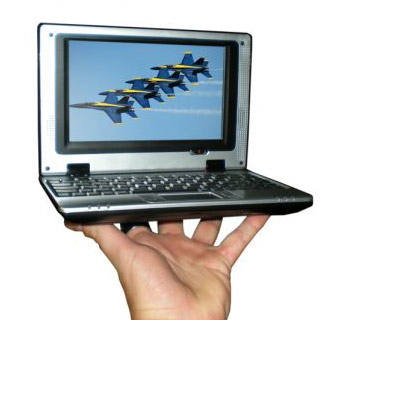
Mini-computers are also known as “Midrange Computers.” They are not designed for a single. They are multi-user computers designed to support multiple users simultaneously. So, they are generally used by small businesses and firms. Individual departments of a company use these computers for specific purposes. For example, the admission department of a University can use a Mini-computer for monitoring the admission process.
3. Mainframe Computer:
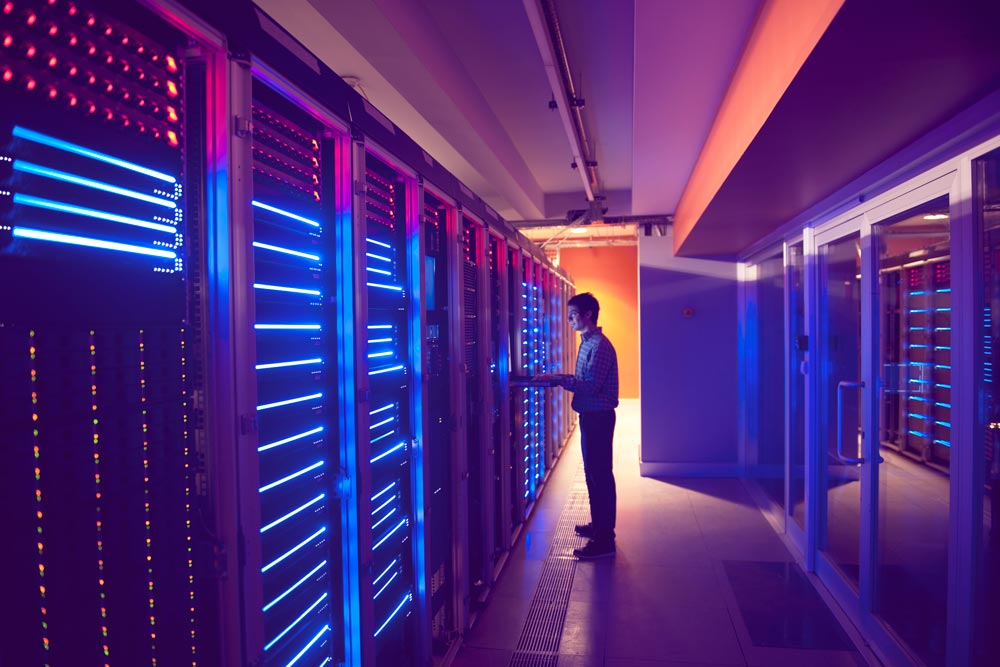
It is also a multi-user computer capable of supporting thousands of users simultaneously. They are used by large firms and government organizations to run their business operations as they can store and process large amounts of data. For example, Banks, universities, and insurance companies use mainframe computers to store the data of their customers, students, and policyholders, respectively.
4. Super Computer:
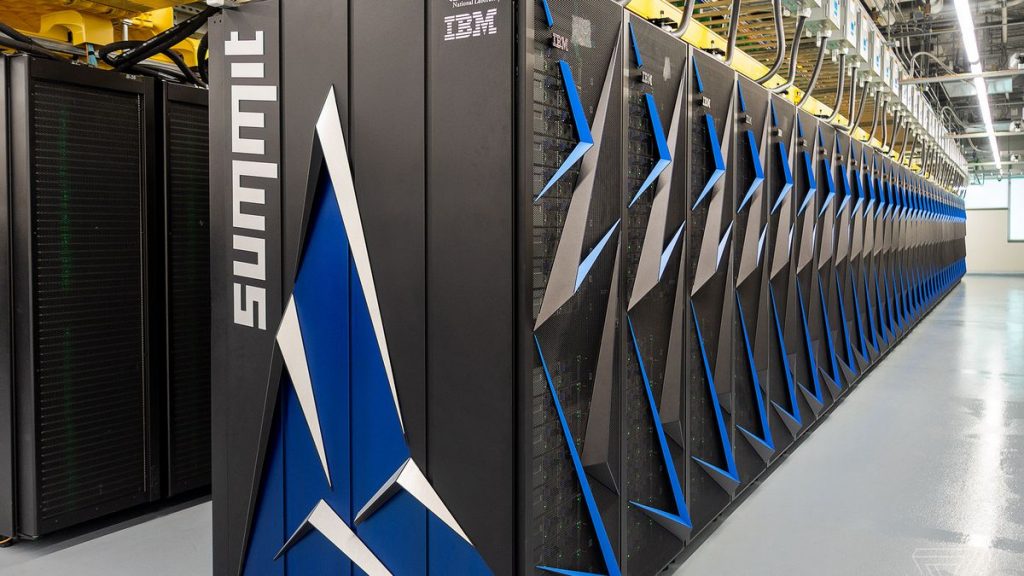
Super-computers are the fastest and most expensive computers among all types of computers. They have huge storage capacities and computing speeds and thus can perform millions of instructions per second. The super-computers are task-specific and thus used for specialized applications such as large-scale numerical problems in scientific and engineering disciplines including applications in electronics, petroleum engineering, weather forecasting, medicine, space research and more. For example, NASA uses supercomputers for launching space satellites and monitoring and controlling them for space exploration.
5. Work stations:
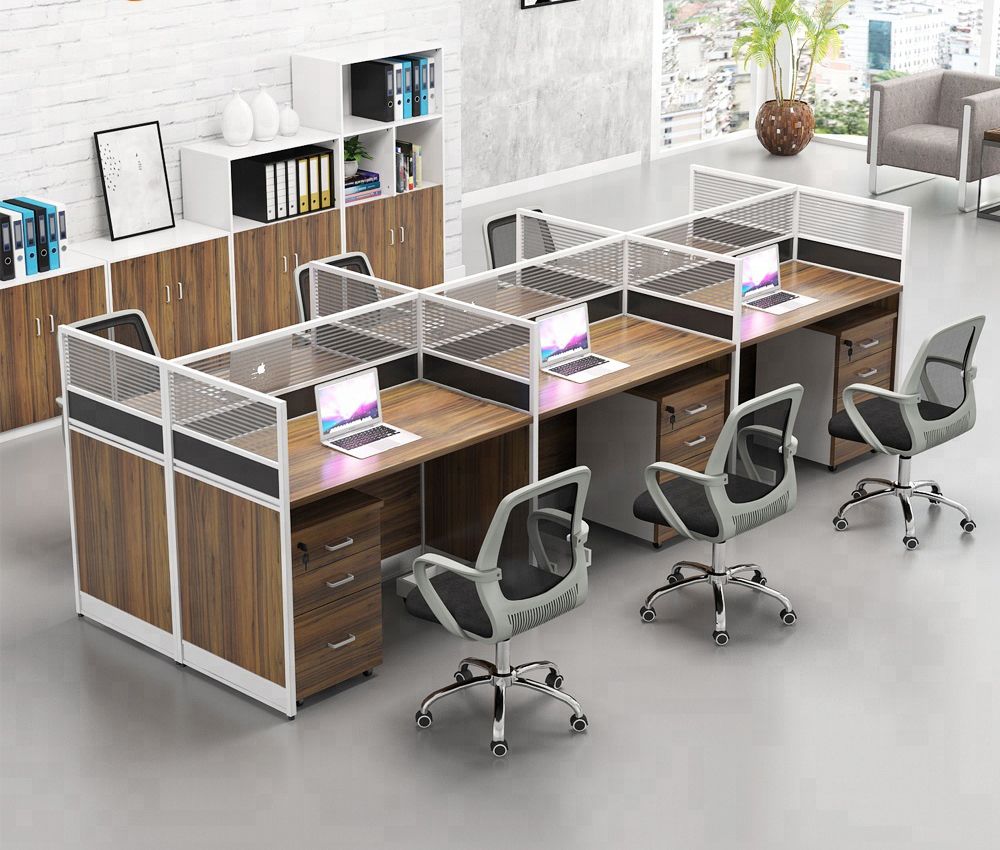
It is a single-user computer. Although it is like a personal computer, it has a more powerful microprocessor and a higher-quality monitor than a microcomputer. In terms of storage capacity and speed, it comes between a personal computer and minicomputer. Work stations are generally used for specialized applications such as desktop publishing, software development, and engineering designs.
Generation/ Generation of Computer

Benefits of Using a Computer:

- Increases your productivity: A computer increases your productivity. For example, after having a basic understanding of a word processor, you can create, edit, store, and print the documents easily and quickly.
- Connects to the Internet: It connects you to the internet that allows you to send emails, browse content, gain information, use social media platforms, and more. By connecting to the internet, you can also connect to your long-distance friends and family members.
- Storage: A computer allows you to store a large amount of information, e.g., you can store your projects, ebooks, documents, movies, pictures, songs, and more.
- Organized Data and Information: It not only allows you to store data but also enables you to organize your data. For example, you can create different folders to store different data and information and thus can search for information easily and quickly.
- Improves your abilities: It helps write good English if you are not good at spelling and grammar. Similarly, if you are not good at math, and don’t have a great memory, you can use a computer to perform calculations and store the results.
- Assist the physically challenged: It can be used to help the physically challenged, e.g., Stephen Hawking, who was not able to speak used computer to speak. It also can be used to help blind people by installing special software to read what is on the screen.
- Keeps you entertained: You can use the computer to listen to songs, watch movies, play games and more.
Disadvantages
- Unemployment
- Health Issues
- Cyber Crimes
- Virus and hacking attacks
- Improper use
- Spread of False or Inappropriate Content
- Negative Impact on environment
Conclusion
computers have several Disadvantages but the advantages of computer simply overcome them.
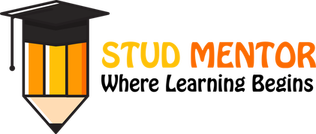

I liked your website. your content is very interesting and I have seen all of them. you may also like our website Moditech77. you can check it.